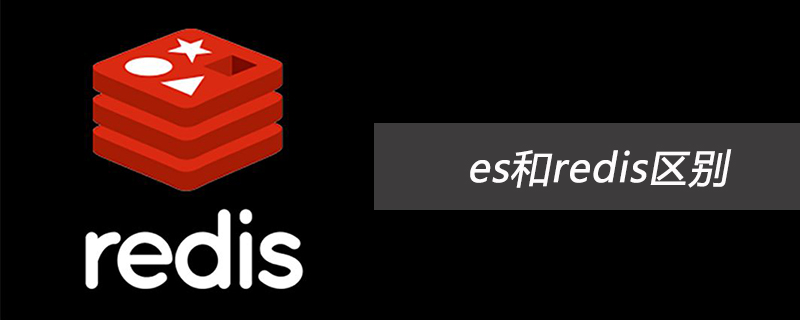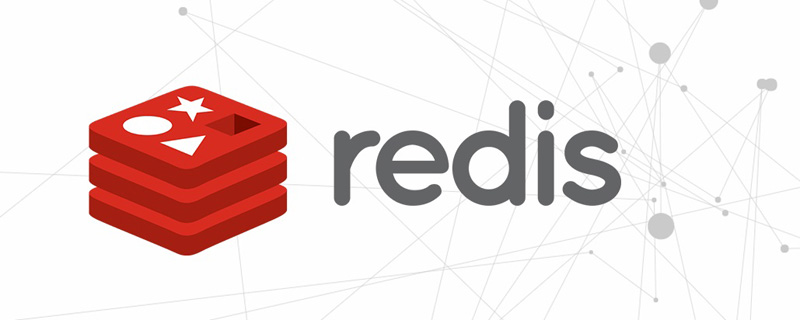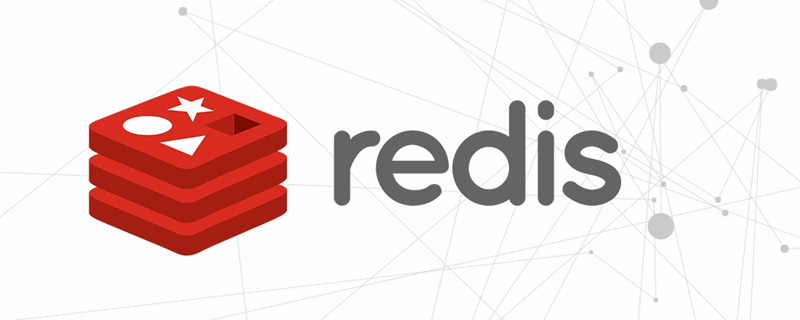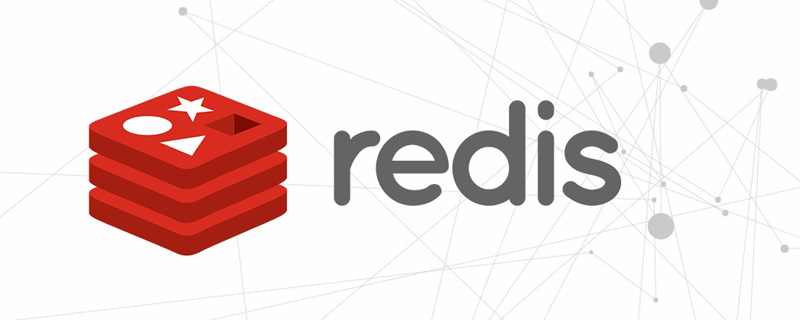Introduction to redis
Redis is an open source (BSD licensed), in-memory data structure server that can be used as a database, cache and message queue broker . It supports String,Hash table,List, Set, Ordered Set , bitmap, hyperloglogs and other data types . Built-in replication, Lua script, LRU eviction, transaction and different levels of disks The persistence function also provides high availability through Redis Sentinel and automatic partitioning through Redis Cluster.
How fast is Redis
Redis is based on memory and uses a single process Single-threaded model's KV database , is written in C language , the official data provided can reach 100,000 QPS (number of queries per second).

The horizontal axis is the number of connections, and the vertical axis is QPS.
We looked at the official data and found that it is really fast; as a programmer with dreams, we must know why it is so fast, you are right wrong!
Then I checked some information on the web page, and the general situation is as follows:
Completely based on memory, most of them are Some requests are purely memory operations and are very fast. The data is stored in memory, similar to HashMap. The advantage of HashMap is that the time complexity of search and operation is O(1);
The data structure is simple, and it is Data operations are also simple. The data structure in Redis is specially designed;
adopts a single thread to avoid unnecessary context switching and competition conditions, and also There is no CPU consumption due to switching caused by multi-process or multi-thread, there is no need to consider various lock issues, there is no locking and releasing lock operations, and there is no performance consumption caused by possible deadlocks;
Use multi-channel I/O multiplexing model, non-blocking IO;
-
Use the underlying model differently. The underlying implementation method and the application protocol for communication with the client are different. Redis directly builds its own VM mechanism, because if the general system calls system functions, it will waste a certain amount of time to move and request;
The multi-channel I/O multiplexing model uses select, poll, and epoll to monitor the I/O events of multiple streams at the same time. When idle, the current thread Blocked, when one or more streams have I/O events, they will wake up from the blocking state, so the program will poll all streams (epoll only polls those streams that actually emitted events), and Only ready streams are processed sequentially, which avoids a large number of useless operations.
To sum up, there are actually three points:
Use the epoll network model and use a single thread to process requests.
#Use various high-performance data structures that meet your needs.
#redis uses memory operations; and is written in C language.
Starting point
This series of articles does not focus on discussing the epoll network model, but mainly records the process of learning the redis data structure principle. Let us know why redis data processing is very fast.
The string implementation principle of redis
The list implementation principle of redis
Redis's set implementation principle
redis's sorted set implementation principle
Redis hash implementation principle
Introduction to other data types
The above is the detailed content of redis note recording-overview. For more information, please follow other related articles on the PHP Chinese website!
 es和redis区别Jul 06, 2019 pm 01:45 PM
es和redis区别Jul 06, 2019 pm 01:45 PMRedis是现在最热门的key-value数据库,Redis的最大特点是key-value存储所带来的简单和高性能;相较于MongoDB和Redis,晚一年发布的ES可能知名度要低一些,ES的特点是搜索,ES是围绕搜索设计的。
 一起来聊聊Redis有什么优势和特点May 16, 2022 pm 06:04 PM
一起来聊聊Redis有什么优势和特点May 16, 2022 pm 06:04 PM本篇文章给大家带来了关于redis的相关知识,其中主要介绍了关于redis的一些优势和特点,Redis 是一个开源的使用ANSI C语言编写、遵守 BSD 协议、支持网络、可基于内存、分布式存储数据库,下面一起来看一下,希望对大家有帮助。
 实例详解Redis Cluster集群收缩主从节点Apr 21, 2022 pm 06:23 PM
实例详解Redis Cluster集群收缩主从节点Apr 21, 2022 pm 06:23 PM本篇文章给大家带来了关于redis的相关知识,其中主要介绍了Redis Cluster集群收缩主从节点的相关问题,包括了Cluster集群收缩概念、将6390主节点从集群中收缩、验证数据迁移过程是否导致数据异常等,希望对大家有帮助。
 Redis实现排行榜及相同积分按时间排序功能的实现Aug 22, 2022 pm 05:51 PM
Redis实现排行榜及相同积分按时间排序功能的实现Aug 22, 2022 pm 05:51 PM本篇文章给大家带来了关于redis的相关知识,其中主要介绍了Redis实现排行榜及相同积分按时间排序,本文通过实例代码给大家介绍的非常详细,对大家的学习或工作具有一定的参考借鉴价值,希望对大家有帮助。
 详细解析Redis中命令的原子性Jun 01, 2022 am 11:58 AM
详细解析Redis中命令的原子性Jun 01, 2022 am 11:58 AM本篇文章给大家带来了关于redis的相关知识,其中主要介绍了关于原子操作中命令原子性的相关问题,包括了处理并发的方案、编程模型、多IO线程以及单命令的相关内容,下面一起看一下,希望对大家有帮助。
 实例详解Redis实现排行榜及相同积分按时间排序功能的实现Aug 26, 2022 pm 02:09 PM
实例详解Redis实现排行榜及相同积分按时间排序功能的实现Aug 26, 2022 pm 02:09 PM本篇文章给大家带来了关于redis的相关知识,其中主要介绍了Redis实现排行榜及相同积分按时间排序,本文通过实例代码给大家介绍的非常详细,下面一起来看一下,希望对大家有帮助。
 一文搞懂redis的bitmapApr 27, 2022 pm 07:48 PM
一文搞懂redis的bitmapApr 27, 2022 pm 07:48 PM本篇文章给大家带来了关于redis的相关知识,其中主要介绍了bitmap问题,Redis 为我们提供了位图这一数据结构,位图数据结构其实并不是一个全新的玩意,我们可以简单的认为就是个数组,只是里面的内容只能为0或1而已,希望对大家有帮助。
 一起聊聊Redis实现秒杀的问题May 27, 2022 am 11:40 AM
一起聊聊Redis实现秒杀的问题May 27, 2022 am 11:40 AM本篇文章给大家带来了关于redis的相关知识,其中主要介绍了关于实现秒杀的相关内容,包括了秒杀逻辑、存在的链接超时、超卖和库存遗留的问题,下面一起来看一下,希望对大家有帮助。


Hot AI Tools

Undresser.AI Undress
AI-powered app for creating realistic nude photos

AI Clothes Remover
Online AI tool for removing clothes from photos.

Undress AI Tool
Undress images for free

Clothoff.io
AI clothes remover

AI Hentai Generator
Generate AI Hentai for free.

Hot Article

Hot Tools

Safe Exam Browser
Safe Exam Browser is a secure browser environment for taking online exams securely. This software turns any computer into a secure workstation. It controls access to any utility and prevents students from using unauthorized resources.

PhpStorm Mac version
The latest (2018.2.1) professional PHP integrated development tool

MinGW - Minimalist GNU for Windows
This project is in the process of being migrated to osdn.net/projects/mingw, you can continue to follow us there. MinGW: A native Windows port of the GNU Compiler Collection (GCC), freely distributable import libraries and header files for building native Windows applications; includes extensions to the MSVC runtime to support C99 functionality. All MinGW software can run on 64-bit Windows platforms.

WebStorm Mac version
Useful JavaScript development tools

mPDF
mPDF is a PHP library that can generate PDF files from UTF-8 encoded HTML. The original author, Ian Back, wrote mPDF to output PDF files "on the fly" from his website and handle different languages. It is slower than original scripts like HTML2FPDF and produces larger files when using Unicode fonts, but supports CSS styles etc. and has a lot of enhancements. Supports almost all languages, including RTL (Arabic and Hebrew) and CJK (Chinese, Japanese and Korean). Supports nested block-level elements (such as P, DIV),







